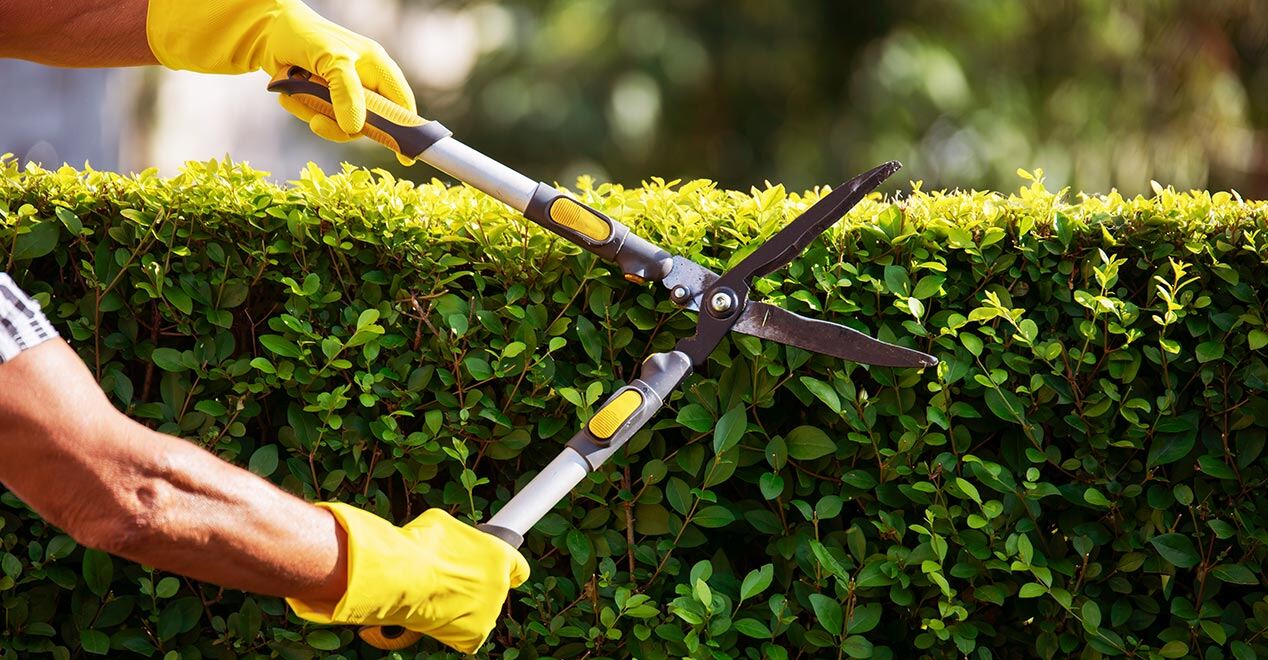As homeowners, we often focus on the interiors of our homes when thinking about energy efficiency. However, the exterior of our homes—the landscape—can play a significant role in conserving energy. With strategic landscaping, you can create a beautiful yard that not only enhances your home’s curb appeal but also helps to reduce your energy bills. In this guide, we’ll explore various landscaping techniques that contribute to energy savings and provide practical tips to help you design an eco-friendly and cost-effective yard.
Understanding the Basics
Landscaping for energy savings involves more than just planting trees and shrubs. It’s about designing and positioning your landscape elements in a way that maximizes shade, reduces heat absorption, and enhances natural cooling. By carefully planning your landscape, you can create a microclimate around your home that significantly reduces the need for artificial heating and cooling.
Planting Trees Strategically
One of the most effective ways to save energy through landscaping is by planting trees strategically around your property. Deciduous trees, which lose their leaves in winter, are ideal for providing shade in the summer and allowing sunlight to warm your home in the winter. Plant these trees on the south and west sides of your home to block the harshest rays of the sun during the summer months. In addition, evergreen trees and shrubs can be planted on the north and northwest sides to act as windbreaks, reducing cold winter winds and lowering heating costs.
Using Shrubs and Ground Covers
Shrubs and groundcovers can also contribute to energy savings. Planting shrubs close to your home’s foundation can create a layer of insulation, helping to maintain indoor temperatures. Ground covers reduce the heat reflected from the ground, lowering the temperature around your home and minimizing the need for air conditioning. Opt for native plants that are adapted to your region’s climate and require less water and maintenance.
Creating Shade with Vines and Trellises
Vines and trellises are excellent options for providing shade and cooling in smaller spaces. Fast-growing vines can be trained to cover walls, fences, and pergolas, creating a natural shade barrier. This not only cools the areas around your home but also reduces the heat absorbed by the walls, decreasing the amount of energy needed for cooling.
Incorporating Water Features
Water features like fountains and ponds can have a cooling effect on your landscape. The evaporation of water can lower the surrounding air temperature, providing a natural form of air conditioning. Place water features in areas where they can help cool the air before it reaches your home, such as near patios or windows.
Mulching and Composting
Mulching your garden beds helps retain soil moisture, reducing the need for frequent watering. Organic mulch also breaks down over time, improving soil health and its ability to retain moisture. Composting kitchen and garden waste creates nutrient-rich soil that supports healthy plant growth, leading to a more robust and sustainable landscape.
Designing for Natural Ventilation
Landscaping can also enhance natural ventilation around your home. By positioning plants and trees to direct breezes toward your home, you can take advantage of natural cooling and reduce the need for air conditioning. Ensure that air can flow freely through your yard by avoiding dense plantings that block wind currents.
In conclusion, thoughtful landscaping can significantly impact your home’s energy efficiency. By strategically planting trees, shrubs, and vines, incorporating water features, and mulching, you can create a beautiful, sustainable landscape that helps you save money on energy bills. Embrace these eco-friendly landscaping techniques to enjoy a cooler, more energy-efficient home while contributing to a healthier environment.
